Don’t bring home bedbugs from your travels this summer. Protect yourself and family with these four bedbug travel tips.
How can you protect yourself & your family from bedbugs while traveling?
1. Know Your Bedbugs: Bedbugs are known as ‘hitchhikers’ which is a common descriptor for them as they can jump on you, your clothes, suitcases, pets, etc. and hitch a ride back to your house. A mature bedbug is reddish-brown color, oval and flat in shape, and about the side of a fruit seed. Bedbugs like to hide away in the daytime in crevices and cracks in a room. For a hotel room this might this include headboards, bed frames, curtains, molding cracks, bedside furniture, mattresses and box springs.
2. Inspect Your Room: Before you travel visit Bedbugregistry.com to see if your hotel has already had reported incidents of bedbugs. A reported incident is not always a reason to not go to the hotel, but it does give good reason to call the hotel and ask about incident/s and if they have ongoing prevention by a pest control company.
When you get to your room, pull the sheets back and peal back the folds of a mattress and box spring as best you can. If you see these little flat reddish dots in the cracks, bedbug poop, and/or spots of blood you can request a new room. Hotels, more and more, are becoming sensitive to these requests as they and public are becoming more informed. Take the headboard off and inspect behind there. Bedbugs won’t be hanging out on the sheets of your bed because those are changed out and wash frequently. The headboard is rarely touched by hotel staff, so if there are bedbugs in the room they are likely to be around/behind the headboard.
In most cases thoroughly inspecting your room and taking appropriate action will give you peace of mind that your room is bedbug free.
NOTE: If you are staying in a place for an extended period of time, you can often hire a bedbug sniffing dog to inspect a room more thoroughly. Certainly it adds to the cost of your trip, but the cost is small compared to treatment of an infestation.
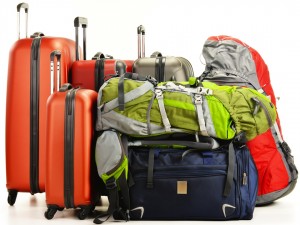
3. Get You Luggage Up High: A good rule of thumb is to get your luggage and clothes off the ground. This will not fully prevent any bedbugs from hitching a ride with your luggage, but it will make it much harder for bedbugs, if they are present in the room. The luggage rack, dresser, or table are good spots to keep bedbugs away. Putting your luggage in the bathroom tub will be an extra level of prevention. Various tub types are hard, to near impossible, for bedbugs to crawl up. You can also cover your suitcases and clothing with plastic bags to help. Bedbugs need blood to feed on so your clothes are not their first choice of places to go. If they found their way onto your luggage and clothes they will hitch that ride home with you.
4. Prevention When Getting Home: Not sure if you came across bedbugs while traveling but you’d like to do something more to make sure they do not make it into your home? Easy. Take your clothes from your trip, clean and dirty, shoes included, and put them into the dryer on high heat for roughly 30 minutes. Heat is the most thorough killer of bedbugs. Do not wash your clothes first as the washer water temperature is not high enough to kill bedbugs. Heat your luggage as best as possible. Seal up luggage cases air tight in a plastic bag until your next use. If you have/had a bedbug incident you will know by the next time you need that luggage and can get new luggage pieces or have that luggage professionally treated. Steaming can be used if you have a professional level steamer. You need to use steam in precise areas and for extended periods of time, but it can work. Make sure your steamer can create temperatures of a minimum 120 degrees.
NOTE: Some pest control companies have portable heating chambers that you can pay to use. These are luggage sized boxes that you can stick your travel items into and it will raise the temperature of your clothes and items sufficient enough to kill off any bedbugs. Not all pest control companies have this, so you might have to call around.
What happens if I have bedbugs at home now?
If you have gone through your best prevention methods and still you find that you have bedbugs then contact a reputable pest control company that treats bedbugs. If you can catch a problem at its smallest then the cost is manageable. Any bedbug treatment can still be expensive, however, infestations that have festered because people ignore them will incur sizable costs to clear up.
Do not be ashamed. Bedbugs can find their way into the nicest of places and it in many cases is no fault of your own that they are now in your home. There is no reason to feel that having bedbugs is a reflection on you as a person, your family or your house. Being ashamed about them and not getting handled quickly and properly will only make the situation worse and more expensive.
If you are not sure if bedbugs have invaded your home, but you suspect it, then call for an inspection. We can do a sight inspection and if indicators warrant more thorough inspections or treatments we will inform you of all your options.
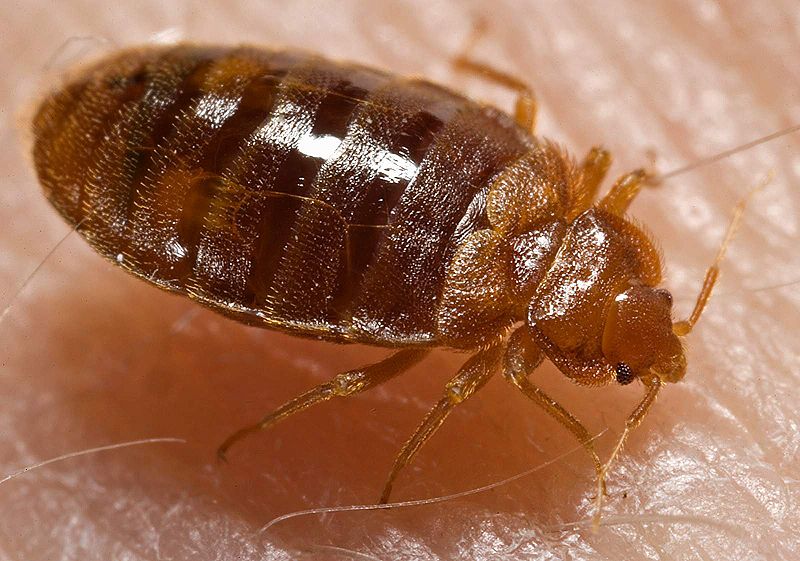 As Thanksgiving kicks off the holiday season, Americans will be making travel plans to celebrate with relatives and friends, both near and far. With the increased amount of travel occurring during the next couple of months, we like to remind our friends to be on the lookout for signs of bed bugs. Having an awareness of bed bugs while traveling will help you avoid spreading these hitchhiking pests—or, even worse, bringing them home.
As Thanksgiving kicks off the holiday season, Americans will be making travel plans to celebrate with relatives and friends, both near and far. With the increased amount of travel occurring during the next couple of months, we like to remind our friends to be on the lookout for signs of bed bugs. Having an awareness of bed bugs while traveling will help you avoid spreading these hitchhiking pests—or, even worse, bringing them home.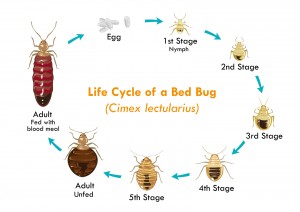
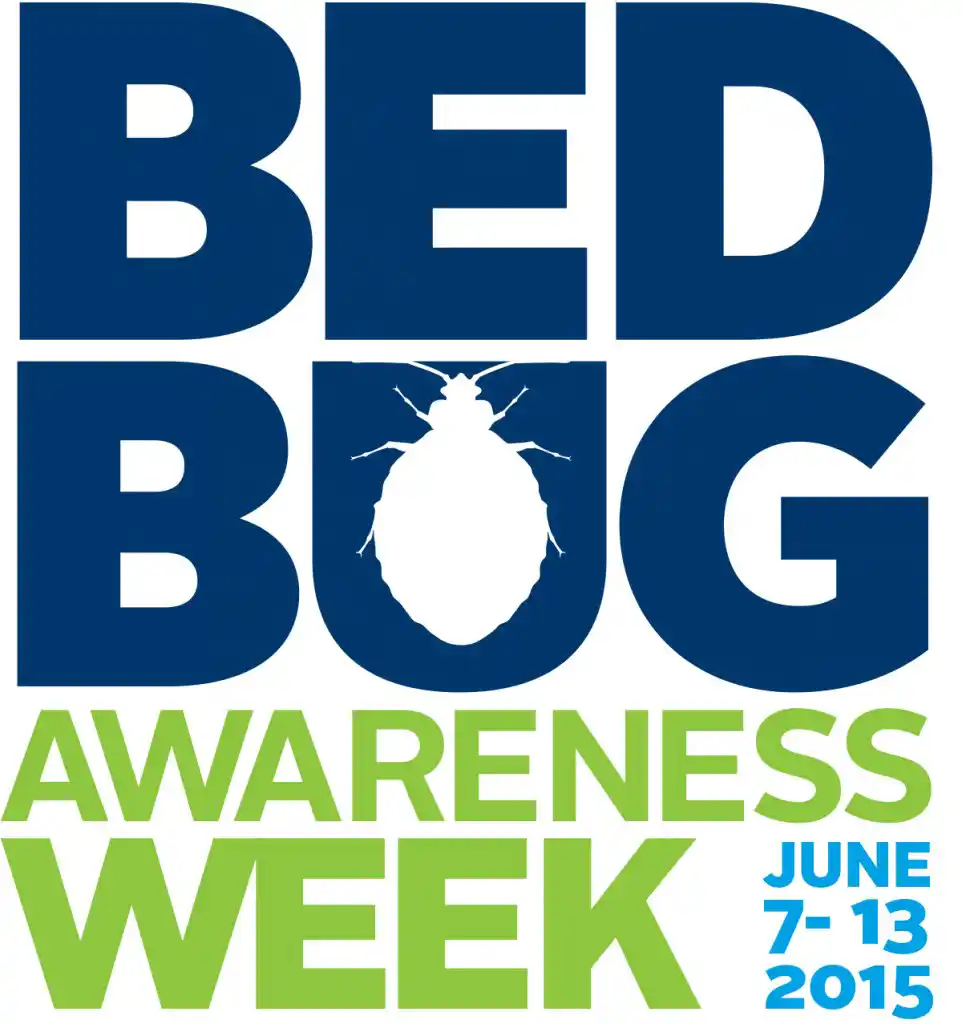 With summer travel season quickly approaching, the National Pest Management Association (NPMA) has declared June 7-13 as Bed Bug Awareness Week to remind the public that vigilance is key to quelling a potential bed bug infestation this summer. We are proud to take part in this important public education effort and encourages travelers to brush up on bed bug basics before packing their bags and hitting the road.
With summer travel season quickly approaching, the National Pest Management Association (NPMA) has declared June 7-13 as Bed Bug Awareness Week to remind the public that vigilance is key to quelling a potential bed bug infestation this summer. We are proud to take part in this important public education effort and encourages travelers to brush up on bed bug basics before packing their bags and hitting the road.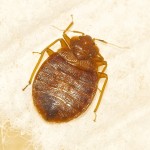 My five year old is learning sight words in kindergarten this year. More than once we have had the conversation about the oddity of words in our English language.
My five year old is learning sight words in kindergarten this year. More than once we have had the conversation about the oddity of words in our English language.